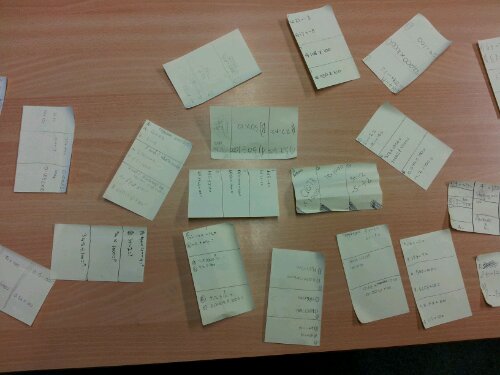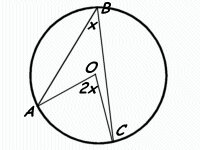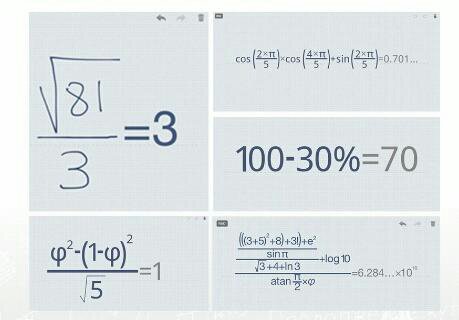Teachers often get students to do research homework for one of two reasons: to increase independent learning and develop an inquiry mindset or as an easy homework to set/mark.
Pupils often see research homework in one of two ways: as an opportunity for independent study and to find out cool facts that no-one else will find or as ‘None set’ – the teacher won’t check it and if they do there is the excuse that the computer wasn’t working, the printer had run out of ink, the internet went down or it wasn’t their classes day to use the school library.
How can you change this mindset?
Over the years I’ve set this type of task with varying degrees of success. Conscientious pupils write/type a short essay, with diagrams if appropriate – you could put it straight on the wall to be admired. Others print out webpages or copy a couple of lines from the internet/textbook/friend. Then there is the woeful list of excuses brigade …
This time I changed one thing in the task and I was frankly amazed: 100% successful completion. The change was so simple – how it could be done.

I asked them to research letter frequency analysis. Some wrote a page in their book, some took a photo of a page from a book, some did a printscreen and others bookmarked a website. Three of these four formats involve the use of smartphones. Unless your school has draconian rules on mobile phone use in the classroom, this is a good way to engage pupils. It promotes responsible use of technology and prompted discussions on how they’d searched to get their result.
All I had to do was walk around the room and let them show me their homework while they did the follow up task. Cynics might say that they could quickly do their homework before I got to them – this is a valid comment, except the ‘Usual Suspects’ came into the room waving their phones, desperate to show me their work!
BTW I was rather amused when one of the pupils showed me a screengrab of this blog – he didn’t have a clue that I’d written it.
Like this:
Like Loading...






